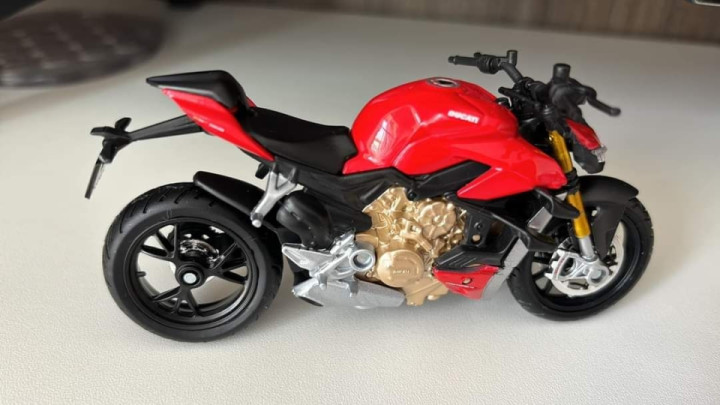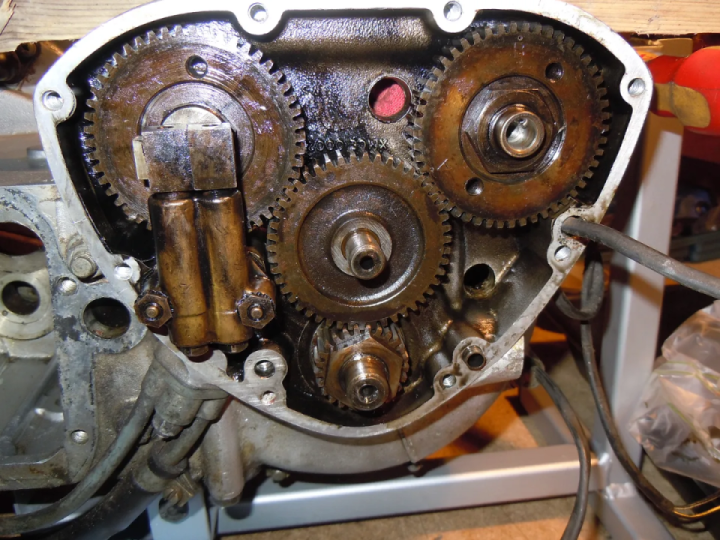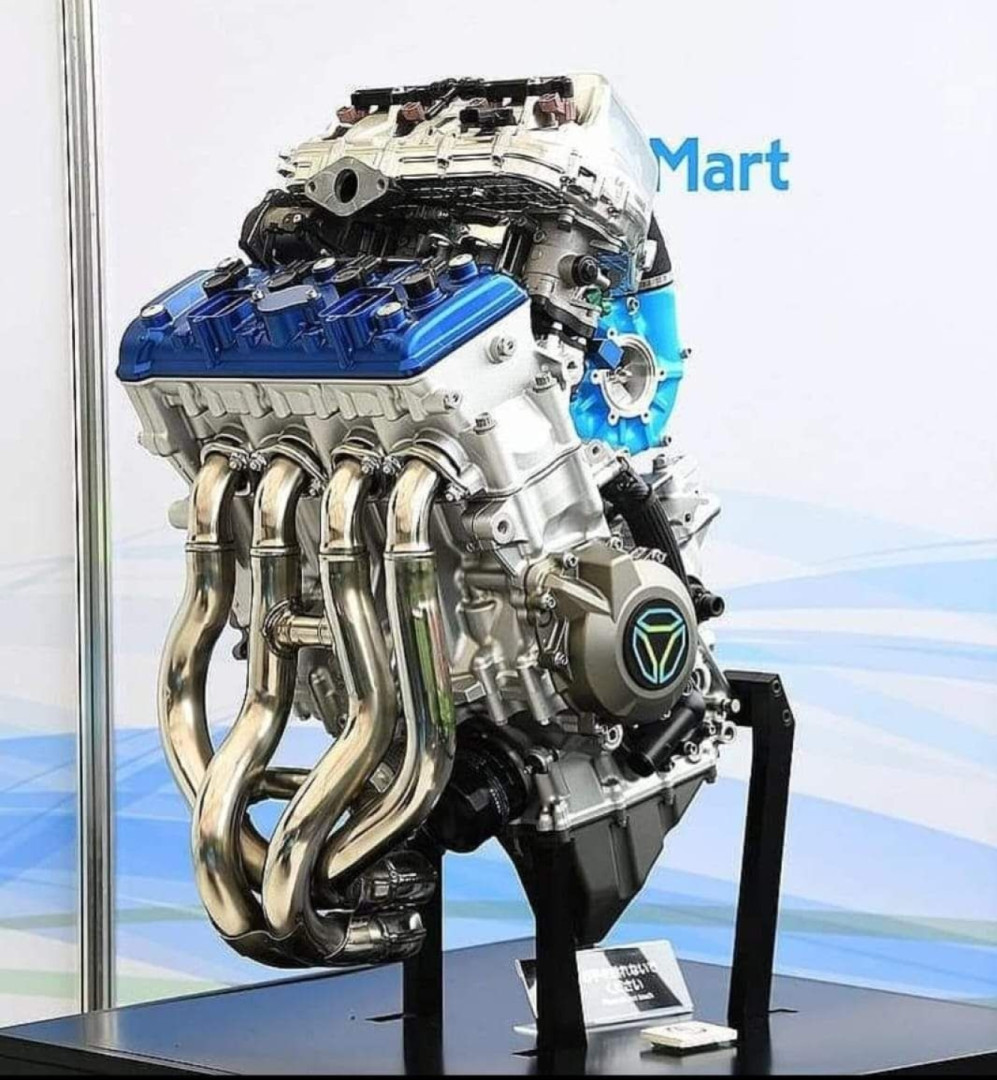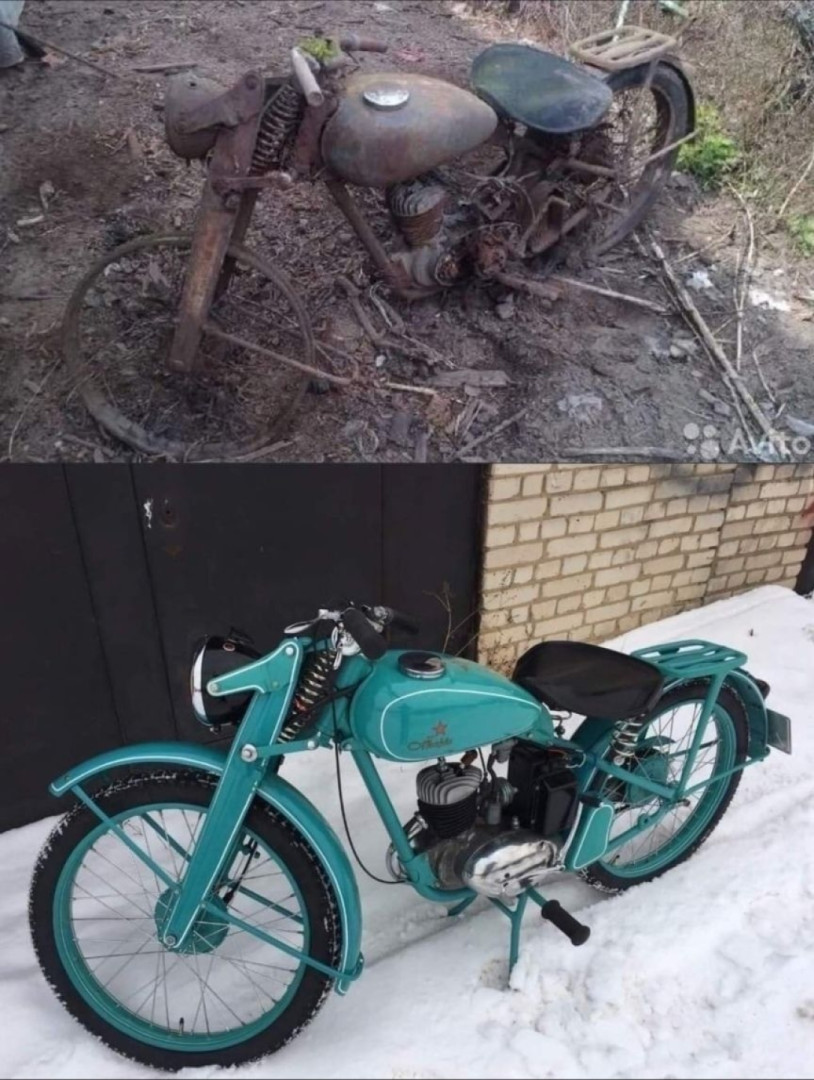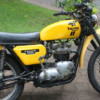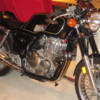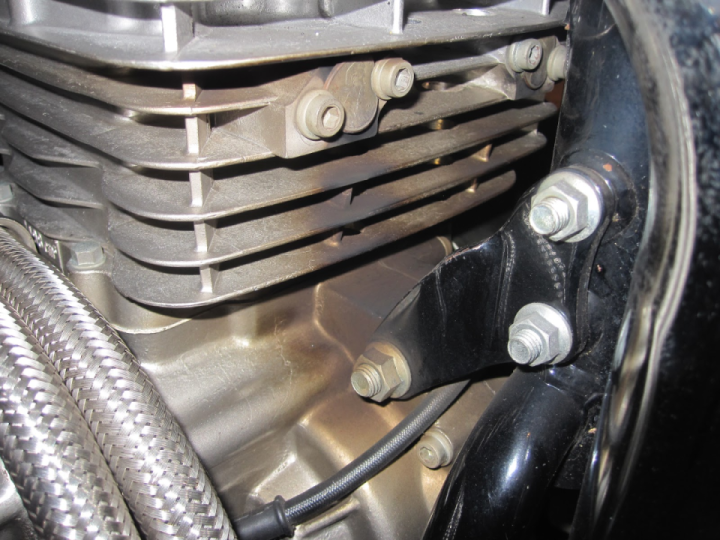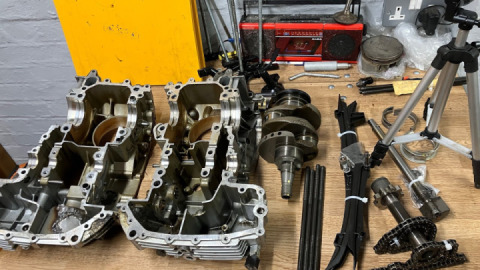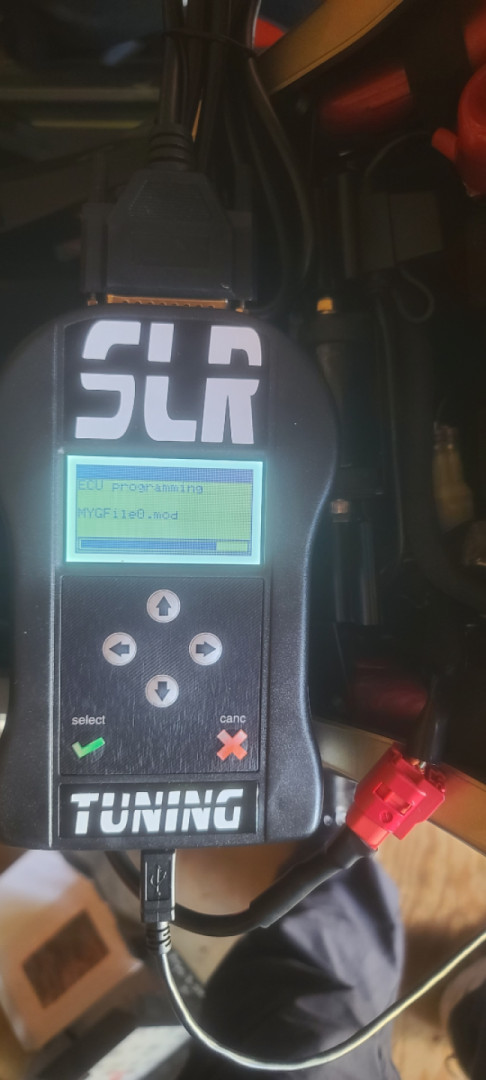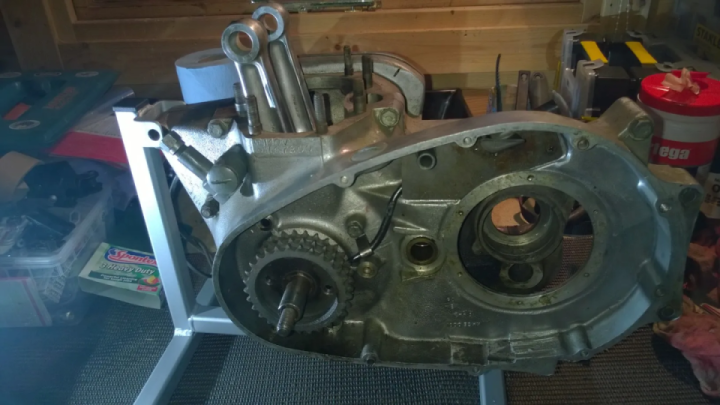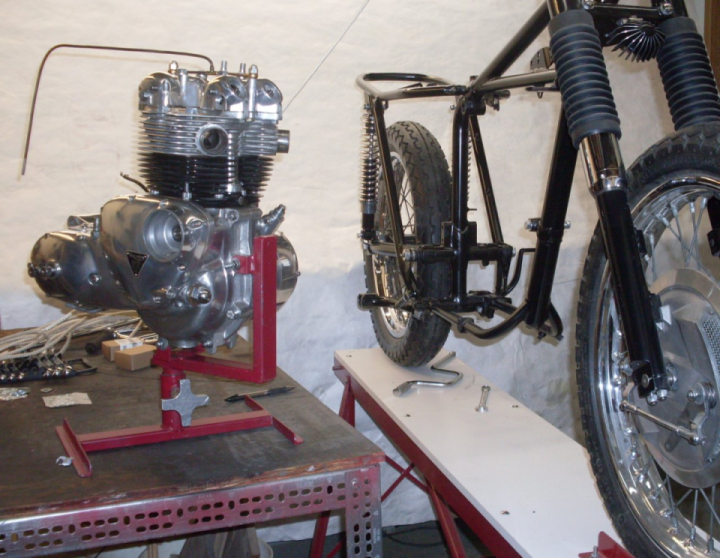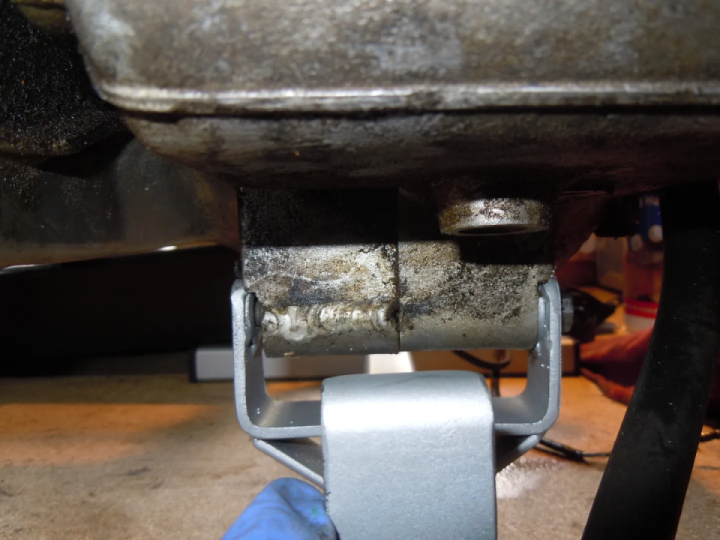The developer of a line of advanced rotary diesel and multi-fuel internal combustion engines is expanding into the renewable energy game. LiquidPiston's X-Engine, which we've covered previously and is helping the Air Force develop vertical takeoff and landing concepts, can now run on hydrogen gas.
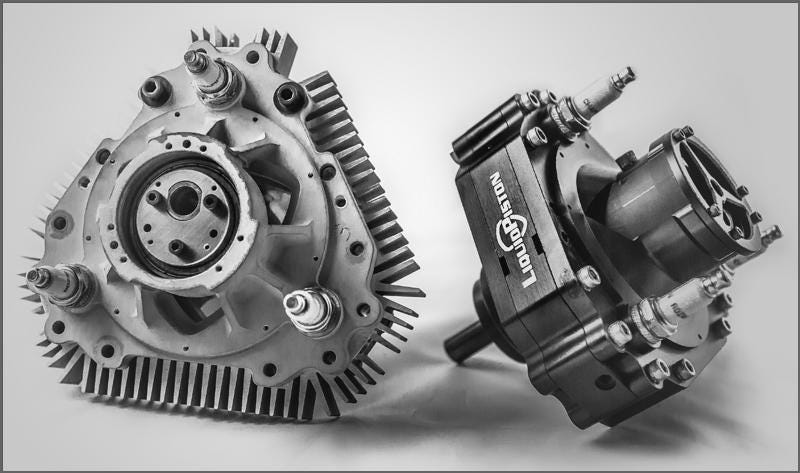
The successful use of hydrogen gas to power the X-Engine, which is a rotary engine but is distinct from the Wankel engines that have developed something of a poor reputation in commercialized applications, demonstrates that renewable energy is a possible pathway forward with internal combustion power plants, particularly in aviation where favorable power-to-weight ratios are paramount.
But for its latest proof of concept the company stayed closer to the ground—much closer. To demonstrate the viability of hydrogen fuel powering the X-Engine, which has previously only been tested in the lab, the LiquidPiston team removed a go-kart's traditional 39-pound engine and replaced it with the 4.5 lb X-Engine, which you can see in the embedded video.
LiquidPiston's pitch for its rotary engine is that gasoline engines are inefficient, diesel engines are big and heavy, and electric power/batteries weigh a lot compared to what they produce. LiquidPiston's engines are 10x smaller and lighter than traditional diesel engines and increase efficiency by 30 percent. Interestingly, that efficiency and power-weight ratio makes these engines useful for generating onboard electricity to extend the capabilities of electric vehicles.
This is particularly useful for concepts like Urban Air Mobility, sometimes called flying cars. There are ambitious projects to put test vehicles in the sky over major urban centers in the U.S. and Europe within the next few years. UAM combines state of the art propulsion and battery technologies with advances in robotics, machine vision, and AI, and the result could be a fundamental rethinking of how we navigate in and around cities.
The problem is that electric vehicle technology, while offering advantages like noise reduction, have severe energy density limitations compared to combustion engines. That's where a small internal combustion engine, if it can be made to run clean and efficient, could be a game changer. By generating onboard electricity, the power storage needs of such vehicles would be significantly reduced while extending range and power.
Hydrogen is the sixth fuel variation that has been shown to power the X-Engine along with gasoline, propane, kerosene, diesel, and jet A fuel.
#Moto #Technologies #Bike















